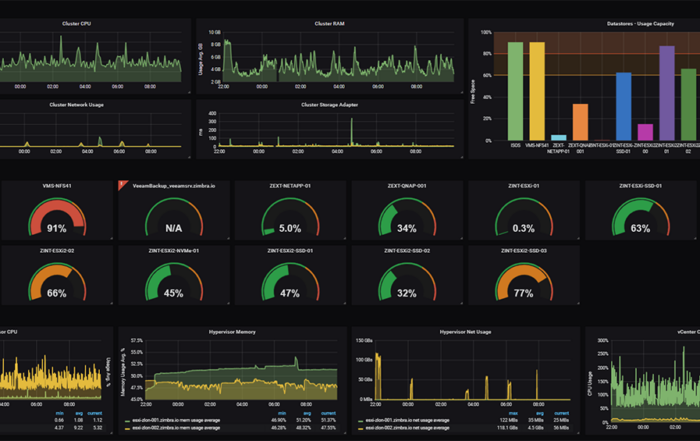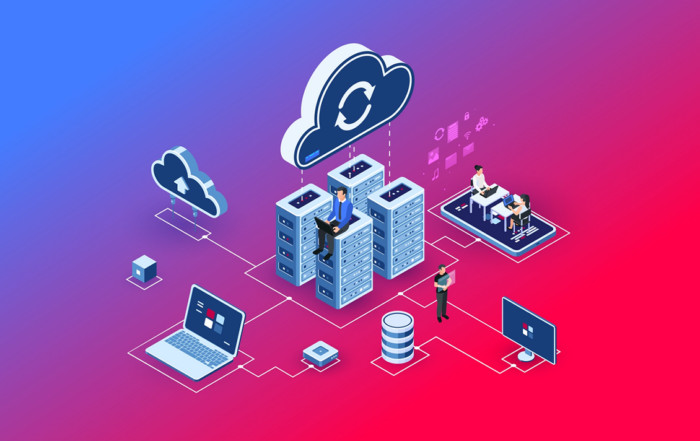
In today’s digital age, the cloud reigns supreme. It’s the backbone of countless applications, the storage hub for global enterprises, and the invisible force that keeps our smart devices interconnected. However, as you may have already experienced, navigating the maze of a cloud billing statement can be a challenging quest.
Let’s demystify the jargon and understand what you’re really paying for.
1. Introduction to Cloud Billing
For many organizations, especially as they begin their cloud journey, the billing statement is akin to a cryptic scroll. It’s not just about understanding the cost. It’s about gaining insights into consumption patterns, potential optimizations, and ensuring there aren’t any unexpected costs lurking in the shadows.
2. Understanding The Major Cost Factors
- Compute Costs: This typically forms the bulk of the bill. Charges depend on the type of virtual machines or compute instances you’ve provisioned, how long they’ve been running, and any associated licensing costs.
- Storage Costs: Charges here are determined by the amount of data stored and the duration. Remember, in the cloud world, storage type matters: SSDs, HDDs, cold storage, and backups all have varying price points.
- Data Transfer Costs: It’s not just about storing data; it’s also about moving it. Ingress (data coming into your cloud environment) is generally free, but egress (data leaving the cloud) comes with a cost.
- Service-Specific Costs: The cloud offers a plethora of specialized services like managed databases, AI/ML tools, and big data solutions. These come with their unique pricing models, often based on usage or provisioned capacity.
3. Decoding Commonly Used Terms
- Reserved Instances (RIs): Essentially a cloud version of buying in bulk. By committing to longer time frames (usually 1-3 years), you can secure lower prices than pay-as-you-go models.
- On-Demand: Pay for what you use, without long-term commitments. Ideal for unpredictable workloads, but can be more expensive in the long run.
- Savings Plans: A newer pricing model that offers more flexibility than RIs. Commit to a consistent amount of usage (e.g., $10/hour of compute) and enjoy discounted rates.
- Spot Instances: Bid for unused cloud capacity. Great for cost savings and suitable for fault-tolerant, flexible applications, but can be terminated if the capacity is needed elsewhere.
4. Surprises and Hidden Costs
Watch out! Cloud billing has its fair share of pitfalls.
- Orphaned Resources: Forgotten temporary instances, unattached disk volumes, or old snapshots can accumulate and contribute to the bill.
- Third-party Marketplace Charges: Some clouds have marketplaces where third-party tools can be integrated. These might bring additional costs.
- Data Retrieval from Archives: Archiving data is cheap, but retrieving it, especially if done frequently, can be expensive.
5. Tools to the Rescue
Thankfully, cloud providers offer a suite of tools to help users monitor and manage costs:
- Cost Explorer/Calculator: Provides detailed views of past and forecasted expenses. You can use it to spot trends, isolate costs, and simulate different scenarios.
- Budgets & Alarms: Set budgets for specific services or overall usage and get alerted if you’re about to exceed them.
- Recommendation Engines: These tools scan your usage patterns and suggest cost-saving measures, like resizing instances or adopting reserved pricing models.
6. Best Practices for Optimizing Costs
- Regularly Review and Clean Up: Schedule monthly or quarterly reviews of your cloud resources. Eliminate anything that’s not needed.
- Leverage Policies and Permissions: Ensure only authorized personnel can provision high-cost resources.
- Educate Your Team: The more your team knows about cloud costs, the better decisions they’ll make. Run workshops or webinars to keep everyone informed.
- Consider Multi-cloud or Hybrid Approaches: Sometimes, spreading your resources across multiple clouds or combining on-premises infrastructure with cloud solutions can lead to cost efficiencies.
7. Conclusion
Cloud billing doesn’t have to be an enigma. Like any bill, it reflects a combination of what you’ve used, how you’ve used it, and the rate at which you’ve agreed to pay for it. With the right tools, awareness, and practices in place, you can transform your cloud bill from a source of confusion to a strategic asset, helping you make informed decisions for your organization’s technological growth and financial health.
In the constantly evolving cloud landscape, understanding the nuances of your bill is not just about cost savings. It’s about wielding the power of the cloud with confidence and precision. The next time you look at your cloud statement, don’t see it as a list of charges, but as a roadmap to smarter cloud utilization.





